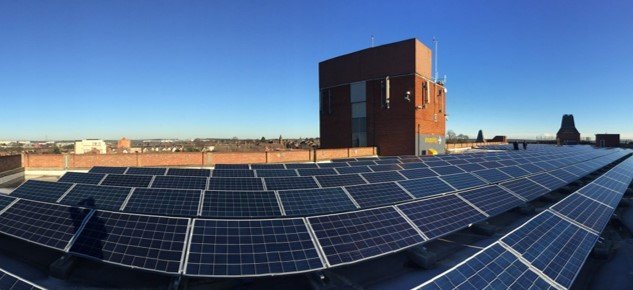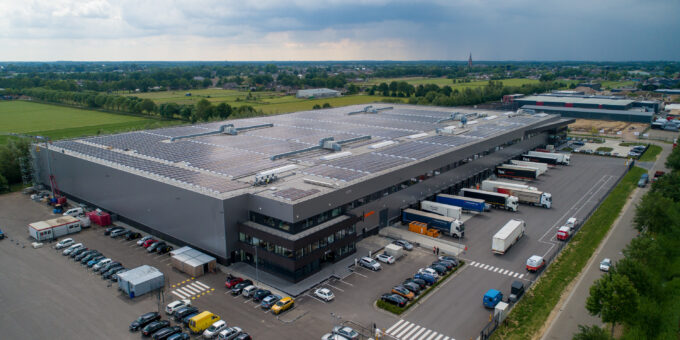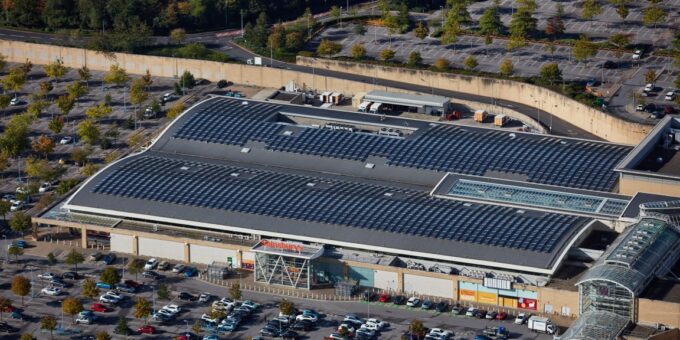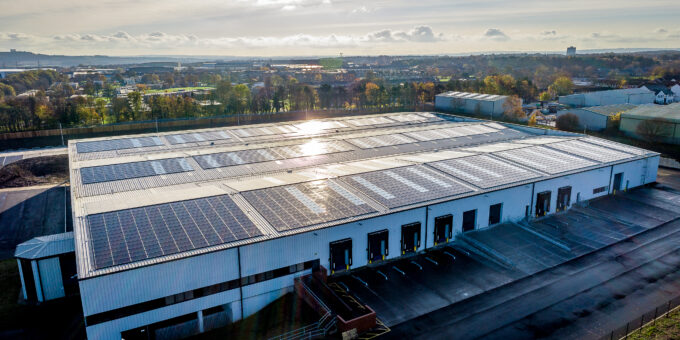Over the past few years, behind-the-meter solar PV systems have been one of the most popular options for landlords to reduce carbon intensity across their portfolio while achieving an attractive financial return.
Generated electricity consumed on site can either be sold to the tenant(s)* or represent a saving if the landlord controls the electricity supply. Either way, on-site solar consumption offsets electricity purchased from the grid – nowadays around 12p/kWh for C&I customers (and sometimes much higher!).
Exported electricity has a much lower financial value: PPA agreements with energy suppliers rarely exceed 6p/kWh. Moreover, with more and more renewables connected to the grid, restrictions are starting to appear. Some systems are “export-limited”, meaning they can’t export any electricity to the grid, and have to limit their generation if they are at risk of doing so.
To optimise profitability, PV systems should therefore generally be sized to maximise on-site consumption while minimising exported electricity. For example, when solar electricity is sold to the tenant at 11p/kWh, the landlord’s annual revenues are almost 40% higher with 100% on-site consumption than with 50% on-site consumption (with the other 50% exported to the grid at a lower price).
Export analysis modelling is key to correctly sizing a PV system. In Syzygy’s decade of experience asset managing PV installations, systems where export was not estimated or simply ballparked have consistently underperformed financially.
A good rule of thumb is usually to size the PV system to achieve 90-95% of on-site consumption. Our export-analysis tool inputs half hourly site consumption data and overlays simulated PV generation to model different scenarios of half-hourly future consumption. The scenarios calculate exported kWh to the grid to optimise the system size. If half hourly site consumption data is not available, Syzygy can reconstruct it using a tool built in-house which uses historical data from hundreds of sites and key site characteristics.
Too often, Syzygy has witnessed installers sizing PV systems simply based on the available roof area or using the monthly electricity consumption as reference. These approaches can lead to widely different results. The graph below shows modelling of a typical industrial site. For this site, a 950kWp size was optimal to limit exported kWh to 5% of generation. However, the roof space would allow up to 2.5MWp to be installed, and the monthly consumption suggested that the site consumption was high enough to accommodate 1.6MWp! Choosing these system sizes would lead to respectively 41% and 21% of exported kWh, significantly reducing profitability.





